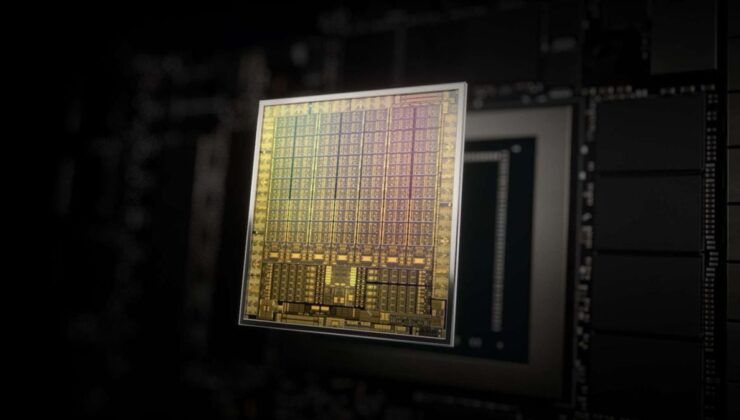

If you delve into the specifications and announcements of graphics cards, you may find yourself overwhelmed by a myriad of technical terms and figures. Terms like ROP and TMU are essential components of graphics processing units (GPUs). But what exactly do these units signify? What roles do they play?
ROP stands for Render Output Unit or Raster Operations Pipeline. ROPs are vital hardware elements within your GPU, handling tasks such as blending colors, anti-aliasing, and managing operations between the frame buffer. All pixel data destined for display must pass through the ROPs before being written to the GPU’s memory.
For instance, NVIDIA’s recent Blackwell architecture features 16 ROPs in each Graphics Processing Cluster (GPC). To fully leverage the GB202 chip’s capabilities, NVIDIA can configure up to 192 ROPs across 12 GPCs. The flagship RTX 5090 boasts 176 ROPs.
Each ROP manages pixel output, arranging pixels on your display and performing fundamental rendering operations. ROPs play a key role in multi-sample anti-aliasing, processing pixel colors to enhance the appearance of previously rendered geometry. Raster processors write pixel data into memory, and the speed of this process is known as the fill rate. Although once a critical performance metric, ROPs and fill rates have diminished in importance over time.
In essence, ROPs are responsible for controlling pixel sampling. You can envision each pixel as a dimensionless point, with these specialized units managing anti-aliasing, where multiple samples are merged into a single pixel. All processed data must traverse the ROP to be written to the frame buffer, enabling display on the screen. Consequently, the ROP is the stage where the GPU’s output transforms into a bitmapped image ready for visualization.
The greater the number of ROPs a graphics chip possesses, the more adept and rapid it becomes at rendering 2D scenes on the screen. Higher resolutions and refresh rates demand more ROPs. In effect, ROPs influence graphics card performance through the anti-aliasing and rasterization necessary for screen display.
When gaming at elevated resolutions, more pixels require processing. If a GPU features additional ROPs for high resolutions, it can better handle the volume of frames it needs to render. ROPs can only perform a finite number of calculations per second, necessitating more ROPs to output more pixels and frames. Insufficient ROPs may result in lag and stuttering.
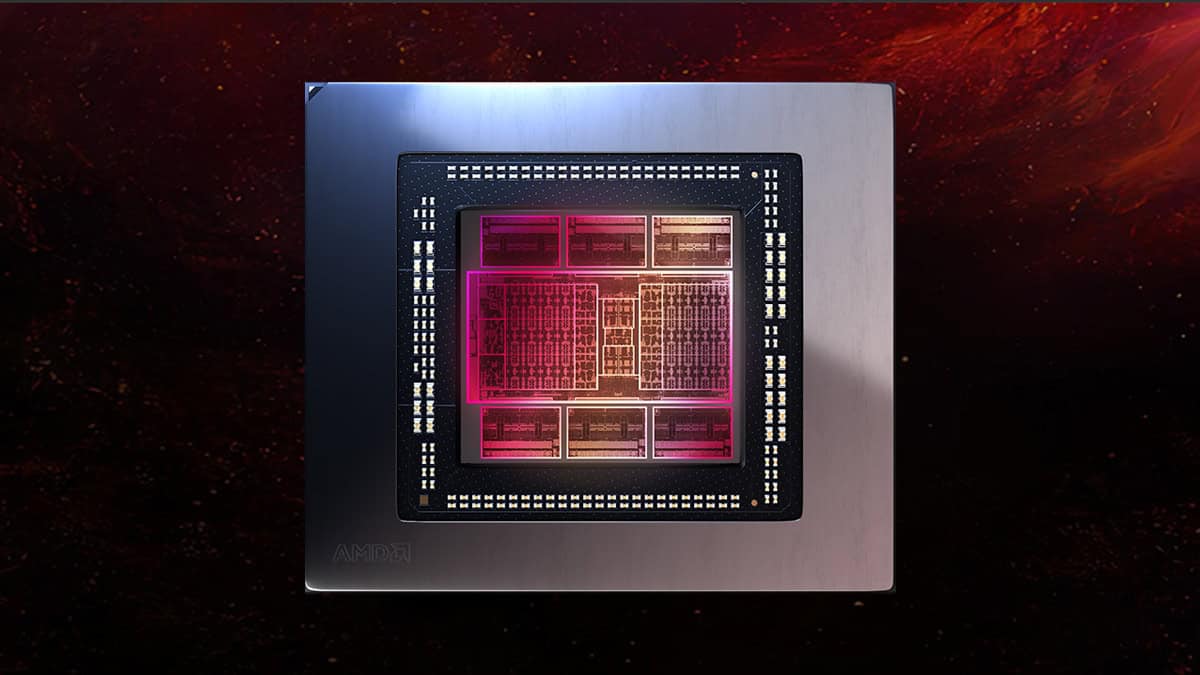
Texture Mapping Units (TMUs) are equally crucial. While once separate physical processors, TMUs are now integral to modern GPUs. These units color textures when sampled at a particular location. They convert textures from pixel format to float4, perform filtering with neighboring textures based on sampler settings, and execute functions like local shadow mapping depth comparison.
TMUs can rotate, resize, and distort bitmap images through texture sampling, applying them as textures to arbitrary planes on a 3D model. Known as texture mapping, this process is a distinct stage within the graphics pipeline.
Texture operations on pixels fall under the TMU’s purview. These units can manipulate bitmaps using matrix operations, enhancing overall texture performance as the GPU’s operating frequency and TMU count increase.
The pixel fill rate, closely related to ROPs, measures the number of pixels a GPU can render on screen and write to video memory per second. The pixel fill rate is the product of ROPs and clock speed, varying with base or boost clock speeds. It indicates the number of pixels a GPU can render per second at a specific clock speed, expressed in megapixels or gigapixels per second.
Regarding ROPs, let’s revisit an issue with NVIDIA’s RTX 5000 graphics cards. Imagine two identical GPUs on the market with differing processing unit counts—a shocking scenario for products undergoing extensive testing.
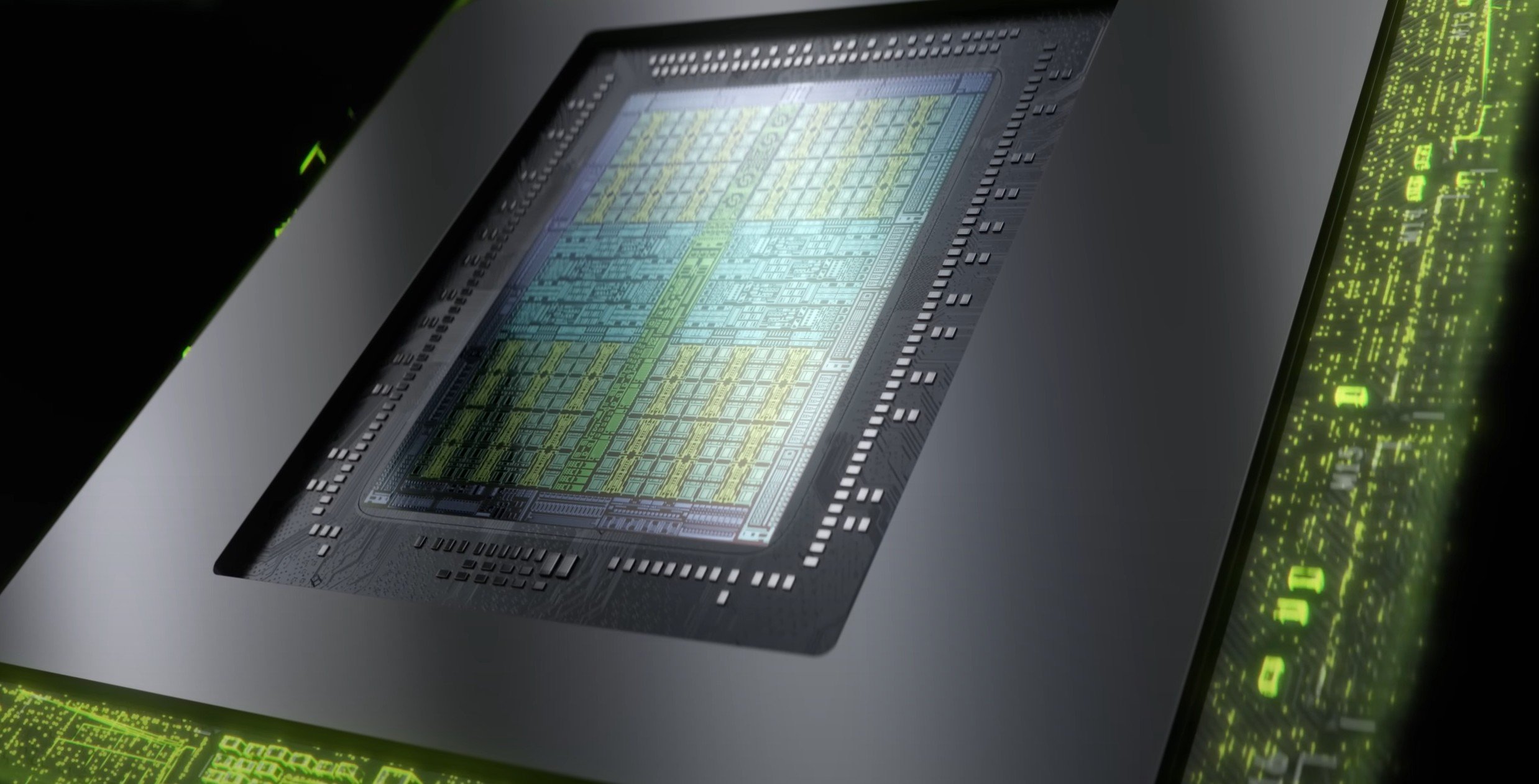
TechPowerUp discovered some RTX 5090 cards had fewer ROPs than expected. Graphics cards undergo rigorous testing to verify specifications, making the missing ROPs surprising. Cards lacking ROPs exhibited reduced performance.
Tech publication TechPowerUp reported that certain NVIDIA GeForce RTX 5090 cards in retail had fewer processing units. The tested Zotac RTX 5090 Solid had 168 ROPs instead of the expected 176, impacting performance.
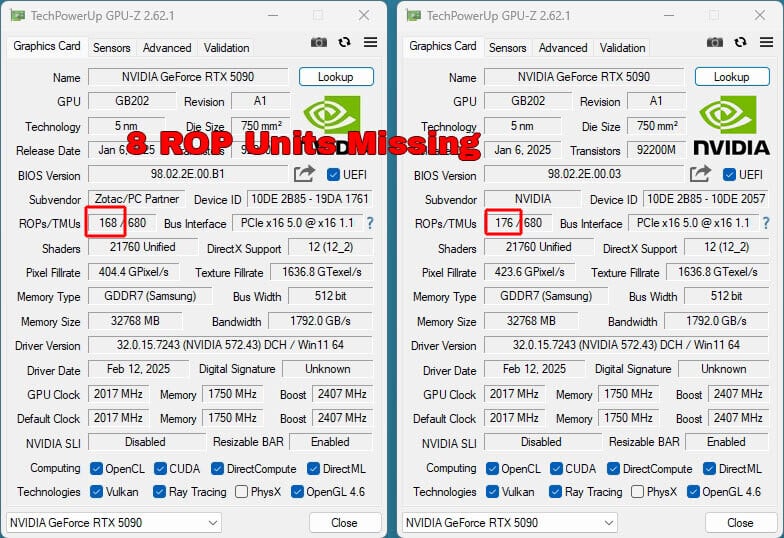
Benchmarks revealed the Zotac RTX 5090 Solid underperformed, even compared to the RTX 5090 Founders Edition. Initially, testers overlooked the ROP count, assuming clock speeds, power consumption, or cooling were the culprits. But the variance between the graphics cards lay in the ROP numbers.
An observant follower noticed Zotac’s RTX 5090 Solid reported lower specs. Despite reinstalling drivers and changing BIOS versions, the issue persisted, ruling out driver errors. TechPowerUp verified hardware specs with GPU-Z, confirming the ROP discrepancy.
Performance Discrepancies Among RTX 5090 Cards
The tech publication conducted tests to quantify performance differences. In 3DMark Time Spy Extreme, a performance loss of up to 11% was noted compared to RTX 5090 FE, proving it wasn’t a mere software reporting error.
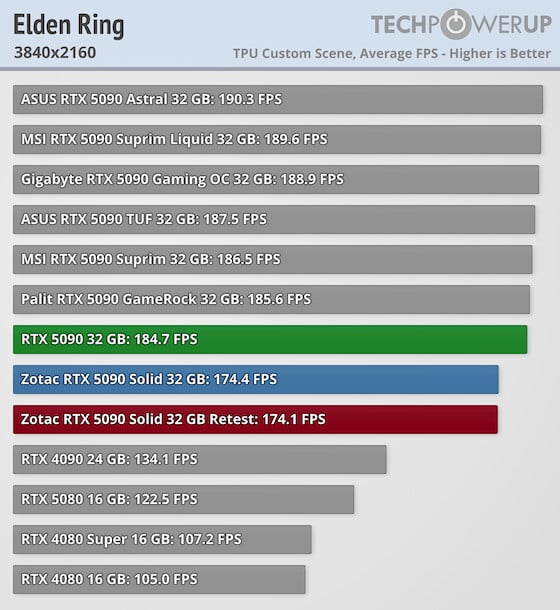
Performance differences also extended to gaming, with the impact varying across titles. Elden Ring experienced an 8.5% performance drop, while games like Starfield and DOOM Eternal saw less significant FPS losses.
SİGORTA
7 saat önceSİGORTA
3 gün önceSİGORTA
8 gün önceSİGORTA
10 gün önceSİGORTA
10 gün önceSİGORTA
11 gün önceSİGORTA
14 gün önceSİGORTA
15 gün önceSİGORTA
16 gün önceSİGORTA
16 gün önce 1
DJI Mini 5: A Leap Forward in Drone Technology
20161 kez okundu
1
DJI Mini 5: A Leap Forward in Drone Technology
20161 kez okundu
 2
xAI’s Grok Chatbot Introduces Memory Feature to Rival ChatGPT and Google Gemini
14171 kez okundu
2
xAI’s Grok Chatbot Introduces Memory Feature to Rival ChatGPT and Google Gemini
14171 kez okundu
 3
7 Essential Foods for Optimal Brain Health
13024 kez okundu
3
7 Essential Foods for Optimal Brain Health
13024 kez okundu
 4
Elon Musk’s Father: “Admiring Putin is Only Natural”
12875 kez okundu
4
Elon Musk’s Father: “Admiring Putin is Only Natural”
12875 kez okundu
 5
Minnesota’s Proposed Lifeline Auto Insurance Program
10737 kez okundu
5
Minnesota’s Proposed Lifeline Auto Insurance Program
10737 kez okundu
Sigorta Güncel Sigorta Şikayet Güvence Haber Hasar Onarım Insurance News Ajans Sigorta Sigorta Kampanya Sigorta Ajansı Sigorta Sondakika Insurance News